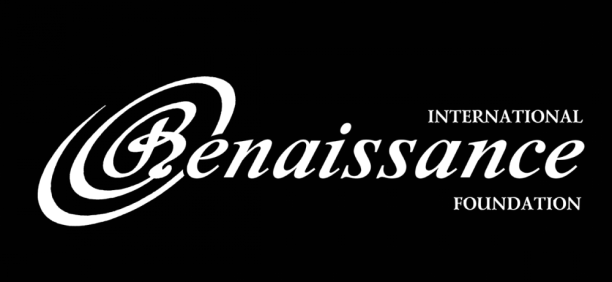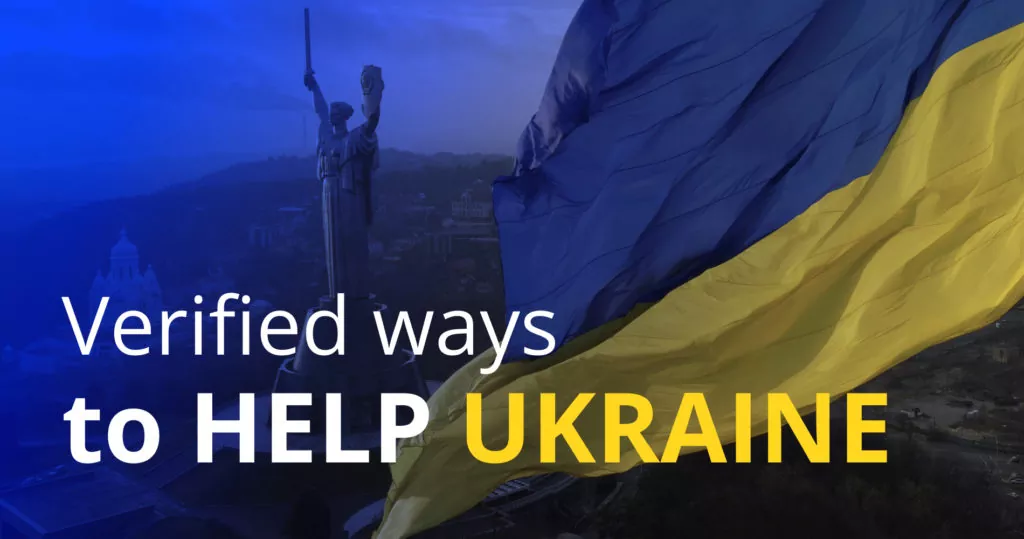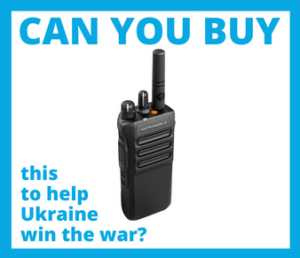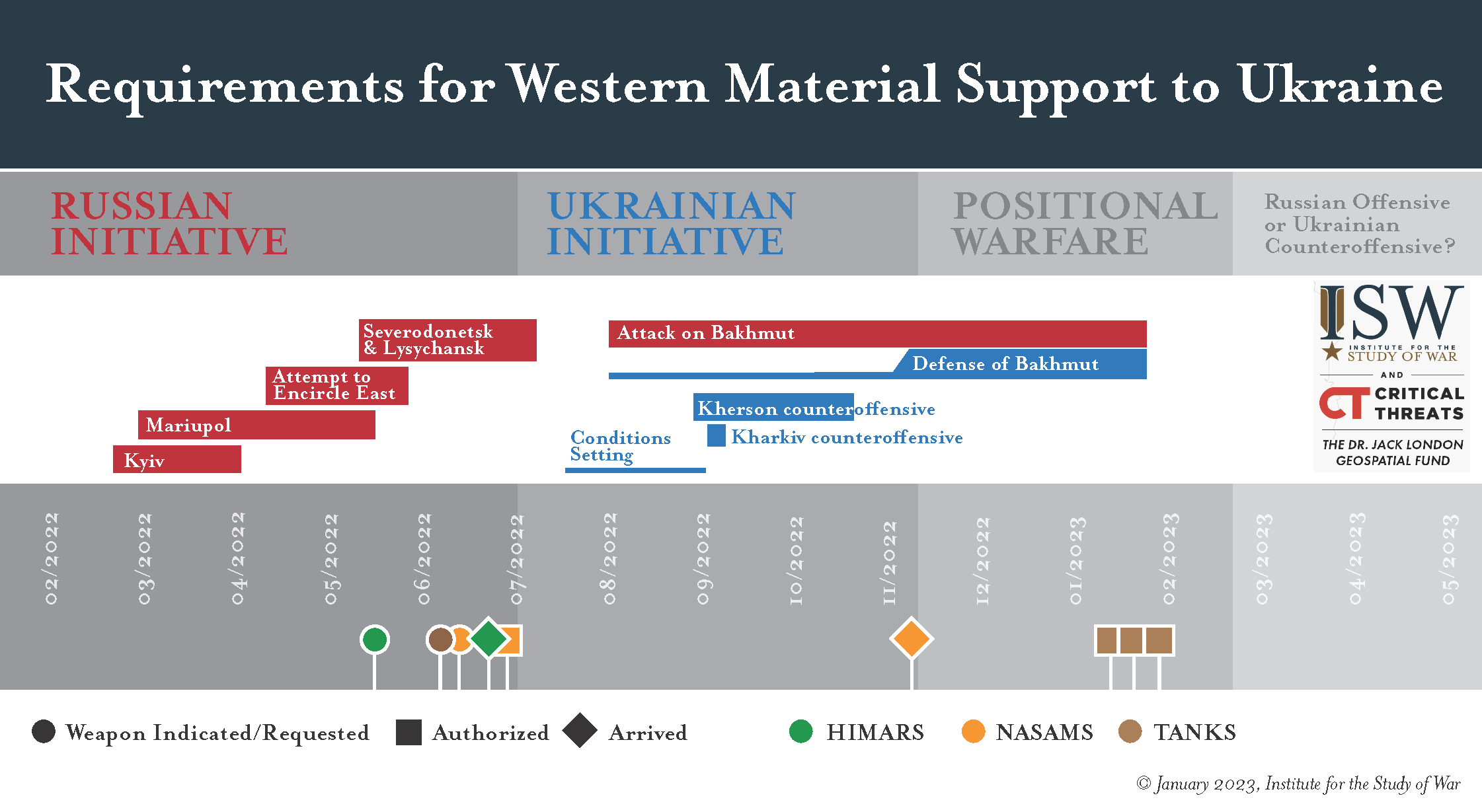Particularly, ISW notes that the war has unfolded in three major periods.
- February 24 – July 3: Russians had the initiative and were on the offensive up till the capture of Lysychansk, whereupon their attacks culminated.
- August-November 11: Ukrainians seized the initiative and began large-scale counteroffensives, continuing through the liberation of western Kherson Oblast.
- November 12 – present: Ukraine has been unable to initiate a new major counter-offensive since then, allowing the conflict to settle into positional warfare and allowing the Russians the opportunity to regain the initiative if they choose and to raise the bar for future Ukrainian counteroffensives even if they do not.
The pattern of delivery of Western aid has powerfully shaped the pattern of this conflict, ISW writes.
Delays in Western aid prevented Ukraine from holding counter-offensives after retaking Kherson
Sound counter-offensive campaign design calls for stopping the enemy’s offensive as rapidly as possible and after it culminates, with the briefest pause possible to launch a counteroffensive, in order to take advantage of the enemy’s disorganization and unpreparedness and prevent the enemy from reconstituting its forces and possibly regaining the initiative.
Although the Ukrainian military faced many internal challenges, weapons and supplies were crucial to stopping the initial Russian offensive and initiating a counter-offensive. The patterns of Western aid thus heavily shaped Ukraine’s ability to develop and execute sound campaign plans, ISW notes.
Indicators that the Russian offensives would culminate and that Western weapons would be needed at scale emerged clearly in late May and June, as stocks of Ukrainian and Western Soviet-era equipment were becoming depleted.
However, the US authorized the delivery of 155mm howitzers and HIMARS in late April and late May correspondingly, and no plans to provide Ukraine with armored vehicles were made.
“If the West’s aim had been to shorten the war by speeding Ukraine’s liberation of occupied territory, the assessment that stocks of Soviet-era weapons held by friendly states were running low should have triggered a fundamental change in the provision of Western aid starting in June 2022,” ISW writes.
Namely, the Western coalition should have begun setting conditions to shift Ukraine onto the use of Western weapons platforms, including tanks, artillery, and aircraft, by early summer 2022 and in advance of the forecasted culmination of Russian offensive operations, as it was clear that it had no capacity to continue supplying Soviet-era systems.
Ukraine used what systems the West made available to it to take advantage of the window of opportunity presented by the Russian culmination following the seizure of Lysychansk on 3 July to initiate counter-offensive operations.
It used HIMARS systems to destroy Russian supply lines and launched a successful counter-offensive near Kharkiv on 6 September, liberating 12,000 square kilometers of land in a 6-day lighting advance.
Ukraine’s counteroffensive near Kharkiv: what enabled the Balakliia blitzkrieg
After that, it launched a counter-offensive in Kherson Oblast. Ukraine set conditions for this counter-offensive starting 23 July, escalated in September and October, and culminated in the Russian withdrawal from western Kherson Oblast on November 11. It was slower than the Kharkiv one not only because it wanted to avoid destroying the city of Kherson through fighting, but because it feared running out of counter-offensive capabilities amid the West’s refusal to supply armored vehicles and warnings about Western shortages of supply even of the artillery systems and munitions it was providing.
These counter-offensives could have been held earlier if the West started gearing Ukraine up with necessary materiel in the summer of 2022, and could be continuing now. Instead, the Russians are reconstituting their forces and attempting to regain the initiative, ISW assesses.
A snowball effect can be observed. Because the West delayed providing materiel necessary for counter-offensive operations, Ukraine did not launch counter-offensives after liberating western Kherson Oblast. In turn, this may have led to Western officials anticipating a winter lull in fighting and not seeing an urgency in providing additional materials.
“The Russians have taken advantage of these delays and failures to benefit from the windows of vulnerability their own defeats and incompetence produced by mobilizing manpower and equipment and starting to rationalize their own forces,” ISW notes.
This included:
- a renewed offensive against Bakhmut starting in late July, which picked up steam when Wagner troops joined it in October-November;
- an air campaign against Ukrainian civilian infrastructure that started on October 10 and made use of Russia’s remaining stocks of precision missiles as well as drones that Moscow procured from Iran.
These events have distracted Ukrainian efforts to prepare for further counter-offensives.
Russia now makes better use of mobilized reservists
The initial deployments of mobilized Russian reservists were largely disastrous for Russia, but now it makes better use of them and has filled out units near Luhansk with mobilized personnel, ISW writes. As well, Russia established a long line of fortifications in Luhansk Oblast. As well, the Wagner group’s use of convicts in “human wave” tactics placed great pressure on Ukrainian defenders in November, December, and January.
“Ukraine’s inability to mount a subsequent counter-offensive in November following the Russian withdrawal from western Kherson Oblast gave Russia time and space to stabilize its lines and put pressure on Ukraine to which Kyiv had to respond,” ISW notes, adding that although there were many factors involved, the West’s failure to provide the necessary materiel was “certainly key”:
“That failure thus allowed the Russians partially to regain the initiative in the war starting in November and to establish defensive positions posing a much greater challenge for the next counter-offensive than the Russians could have posed in November-December.”
Battle of Soledar: how can Ukraine stop the Russian advance?
Western leaders must commit weapons for a counter-offensive when the earliest indicators that they will be required appear, not when the situation becomes dire, ISW stresses.
“Had Western leaders started setting conditions for Ukraine to use Western tanks in June 2022, when the first clear indicators appeared that Western tanks would be needed, Ukrainian forces would have been able to start using them in November or December… the West must recognize the contributions these delays have made to hindering Ukraine’s ability to liberate more of its territory faster.”
The delay has also allowed Russia to set conditions for an offensive of its own, greatly complicating Ukrainian campaign design. Ukraine may have to wait many weeks for Western tanks to arrive in enough quantity to support renewed counter-offensive efforts, and then the spring muddy season will come, which will bring more difficulties.
“Ukraine may need to wait until late spring or early summer before renewing its large-scale efforts to liberate strategically vital terrain. Ongoing Russian offensives may well make more gains before then,” ISW notes.
However, the West should not conclude that future Ukrainian counter-offensives are impossible; current and planned Russian offensives will likely not amount to much and create propitious conditions for Ukrainian counter-offensives.
“ISW continues to assess that Ukraine can liberate critical terrain with the current and promised levels of Western support and that it is a matter of vital national interest for the United States and its Western partners that Ukraine do so,” the think-tank says.




